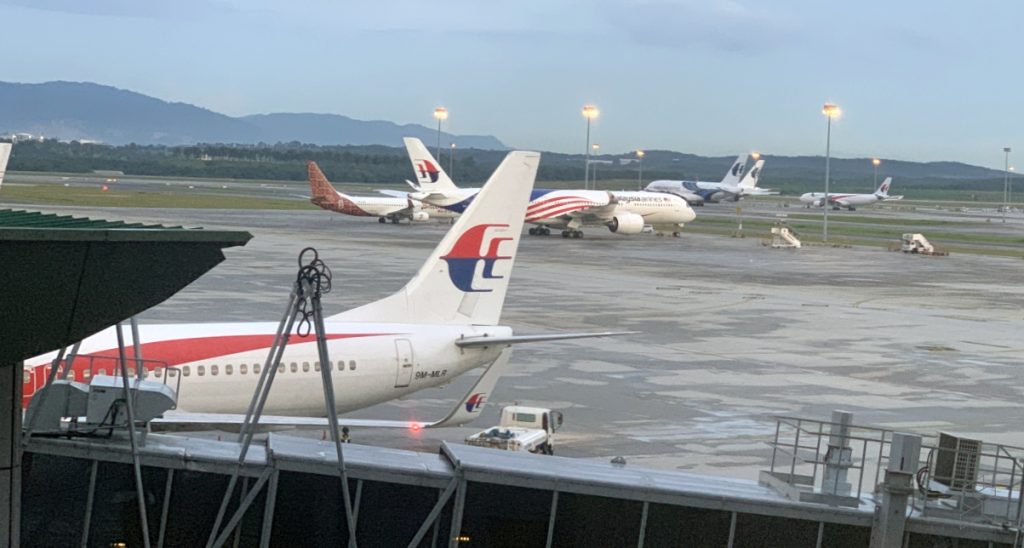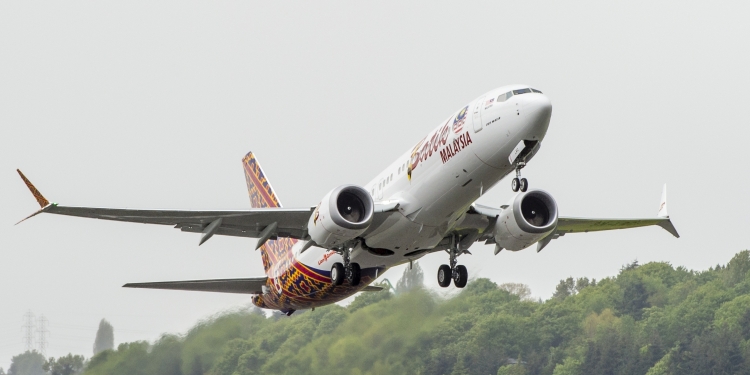[ UPDATE 15/3/2024 14:07 ] Subang Airport is ready to serve commercial 737 and A320 passenger flights from June 2024.
===
The Sultan Abdul Aziz Shah Airport which is also known as Subang Airport has gotten the green light to be redeveloped as a premium city airport and an aerospace hub within the city centre. Transport Minister Anthony Loke revealed that the Subang Airport Regeneration Plan (SARP) was presented to the Cabinet on 2nd February and the plan was approved for the enactment of the policy framework after much deliberation.

Under the SARP, the Subang Airport will be transformed from a hub operating mostly turboprop aircraft into a regional aviation hub with a maximum capacity of 8 million annual passengers. The new direction will also enable the airport to allow airlines to operate narrowbody jetliners such as the Boeing 737 and the Airbus A320 which were discontinued in 2002. Anthony Loke said, “One of the biggest policy changes is that the government is now allowing narrowbody jets to operate again in this airport, but for this to happen there must be redevelopment (of the airport terminals).”
Anthony Loke highlighted that the redeveloped Subang Airport will not replace the country’s main gateway at Kuala Lumpur International Airport (KLIA) in Sepang, but it will complementary to it, similar to London City Airport in the United Kingdom. He said KLIA will remain the most important gateway of the country similar to London’s Heathrow airport while there are other airports closer to the city.
On concerns of cannibalisation, Malaysia Airports Holdings Berhad (MAHB) Managing Director, Dato’ Iskandar Mizal bin Mahmood explained that Subang Airport at about 1,000 acres is just 7% of the land size of KLIA which has about 14,000 acres. In terms of passenger capacity, KLIA has 75 million passengers per annum and based on the calculation, Subang can serve about 5-7 million passengers for its land size.

He shared that 70% of traffic at KLIA is narrowbody aircraft and with proper planning with the government, they could alleviate some of the narrowbody aircraft’s point-to-point flights by bringing them to Subang. By freeing up capacity, it will leave more space for KLIA to operate more long-haul flights using widebody aircraft.
He added that the model has been used in other places such as London City Airport (LCY), as well as Istanbul Sabiha Gökçen International Airport which is operated by Malaysia Airports.
[ SOURCE, IMAGE SOURCE ]
Related reading
- AirAsia FACES now integrated with Malaysia Airports’ EZPaz facial recognition system
- Malaysia Airlines wants to know if they should make their Kebaya uniforms more modest
- Airlines can’t use T&Cs to avoid paying refunds in original mode of payment under MAVCOM’s updated consumer code
- Airlines must refund passengers in the original mode of payment instead of vouchers under MAVCOM’s amended consumer code








